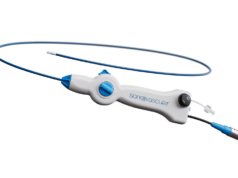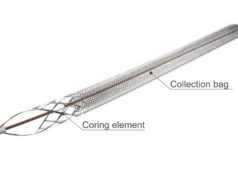
Rates of post-thrombotic syndrome (PTS) among deep vein thrombosis (DVT) patients treated with the ClotTriever thrombectomy system (Inari Medical) who are logged in the real-world CLOUT registry demonstrated “significant and sustained improvement” out to 24 months, according to interim two-year data recently delivered at the 2024 American Venous Forum in Tampa, Florida (March 3–6).
The rate of moderate-severe PTS at the two-year mark was reported as 7.3% among 228 patients included in the interim analysis, presenter David Dexter, a vascular surgeon at Sentara Vascular Specialists in Norfolk, USA, told AVF 2024 attendees. The overall rate of PTS in the interim results was 19.9%.
PTS rates reported in CLOUT are “significantly lower” than those from historical DVT studies such as ATTRACT and CAVA, which reported moderate-severe PTS rates ranging from 18–24%, he added.
The interim results are the largest prospective, multicenter two-year dataset in DVT since the ATTRACT trial. Patients had low incidence of independently adjudicated safety events related to re-thrombosis, with only 5% and 8.4% at 30 days and six months, Dexter reported.
“With third-party adjudication of all safety events in this robust, large dataset, ClotTriever has a strong safety profile,” said Dexter. “And the longer-term results are suggestive of sustained benefit through a critical window when longer-term sequelae typically manifest in DVT patients. The low PTS rate that continues to improve over time is a testament to the safety and effectiveness of wall-to-wall thrombus removal with ClotTriever.”









